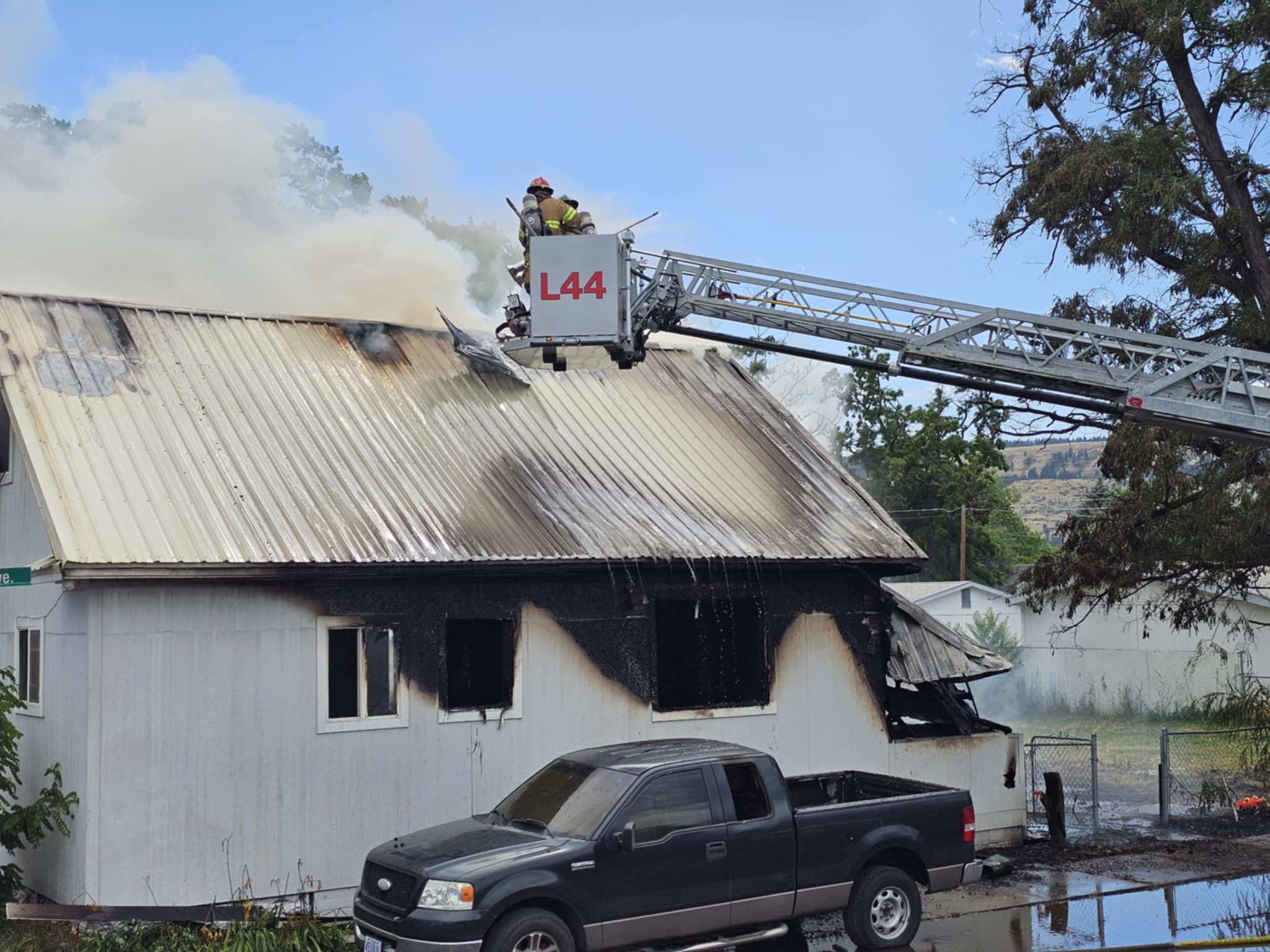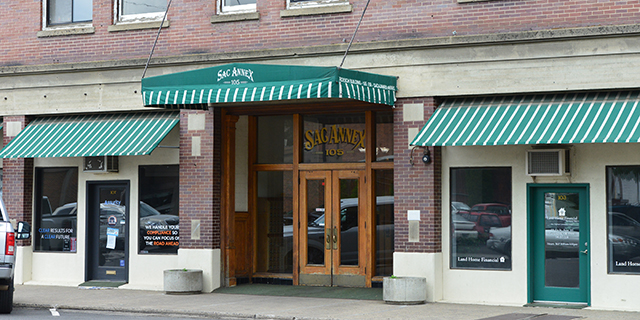Lab at Wallowa Memorial Hospital offers help to people suffering from sleep disorders
Published 9:20 am Friday, January 3, 2014

- Lisa Bauk runs the sleep lab at Wallowa Memorial Hospital in Enterprise, where she monitors people with potential sleep disorders. (KATY NESBITT/WesCom News Service)
Snoring seems as ordinary as sneezing or the occasional headache,but according to Lisa Bauk, who runs the sleep lab at Wallowa Memorial Hospital, it’s a symptom of sleep disorder.
Sleep disorders often coincide with hypertension, diabetes, obesity and strokes and can shorten one’s lifespan as well as quality of life, Bauksaid.
A few years ago, Bauk moved back to Wallowa County, where she was raised, to head up the hospital’s new sleep lab. She said she got her first experience with respiratory and sleep disorders as a high school student visiting her sister, a respiratory therapist. Bauk became a Certified Nurse’s Assistant and later specialized in sleep disorders in Portland-area hospitals.
Bauk said what starts out as “benign” snoring can become a growing concern. While a person with a sleep disorder is sleeping he will temporarily stop breathing. The brain recognizes the body is struggling to breathe and releases adrenaline, causing the person to wake up.
This struggle causes extra stress on the heart when there is resistance in the upper airway. “You are putting out more effort then there should be if you aren’t snoring,” Bauk said.
Sleep apnea is defined by the National Institute of Health as “a common disorder in which one has one or more pauses in breathing or shallow breaths while asleep. Breathing pauses can last from a few seconds to minutes and may occur 30 times or more an hour. Typically, normal breathing then starts again, sometimes with a loud snort or choking sound.”
With the sleep lab in place, patients of local physicians who complain about sleep problems can receive an order to visit the sleep lab. Bauk said, “We are getting busier and busier. I do two to three studies per week.”
The sleep lab can accommodate one person per night. After a patient is checked in they watch a 15-minute video, Bauk said, “which is a launching point for discussion. Then we figure out what is going on – there is no cookie-cutter approach; we find individual issues going on with each patient.”
Next, the patient dresses for bed, and Bauk attaches 27 sensors and electrodes to his body. Those sensors and electrodes send information to a computer that tracks 800-1,000 pages of data during every sleep study, a minimum of six hours.
The sensors track eye movements, brain activity, muscle activity, movement of the legs and chin and heart rhythm and rate, Bauk said.
The ability for the body to take in oxygen is calculated – 90 percent and above is normal. Bauk said for thosewho can’t take in that much oxygen the body reacts as if it is drowning.
“When the brain wakes up, oxygen is dropping and the body is trying harder and harder to breathe,” said Bauk. “We look at the levels and see the airway closing and the oxygen intake going down.”
Bauk said some patients “wake up” as much as 75 times an hour for three seconds or more.”
When a patient’s data indicates he has a sleep disorder, the first line of attack is a machine that supplies continuous positive airway pressure, also known as a CPAP. It’s a mask fitted to the patient and attached to a small machine that provides a steady flow of air.
“It splints the airway as pressurized air acts like a balloon in the airway. Without it a patient may feel like they are breathing air through a stir straw. The CPAP is like breathing through a turbo straw and they can breathe in and out more easily.”
Bauk’s official title is polysomnographic technologist, or simply put, a sleep technician. She said sleep techs are licensed under the same board as respiratory therapists. “There are two-year associate programs offered at Oregon Institute of Technology and Linn-Benton Community College.
Bauk said her training was received on the job as a nurse’s assistant. She worked at The Oregon Clinic for Pulmonary and and Critical Care as its sleep lab manager. It is a four-bed lab open five nights a week and conducts 1,000 studies a year. She also worked at sleep labs at Providence Hospitals in Portland and Milwaukee.
She said early on as a nurse’s assistant early in her career at Wallowa Memorial Hospital, she mentioned to a doctor that a patient looked to have a sleep disorder. Once he was tested, they realized his oxygen levels were going down as low as 50 percent, said Bauk, and started going for treatment in Portland.
Bauk said, “The biggest joy of the job is when someone with a severe sleep disorder wakes up after wearing a CPAP and is eager to start therapy.”
She said the stero-typical snorer or sleep apnea sufferer is obese, but there are people who are healthy and in shape who suffer, as well.
Once a patient is outfitted with a mask their sleep data is sent to a specialist in McMinville and recommendations and a formal diagnosis is given. The patient gets his own CPAP machine to use at home. Sometimes he will come back to the sleep lab for a follow up, but usually the CPAP is all the patient needs to breathe properly during sleep.
If you have tiredness or excessive snoring, Bauk said it’s worth getting checked out to be less likely to develop other issues. Sometimes a patient comes in 20 years too late and is already really sick.
“Some patients are probably dying earlier than necessary. The CPAP can make a huge difference,” said Bauk.









